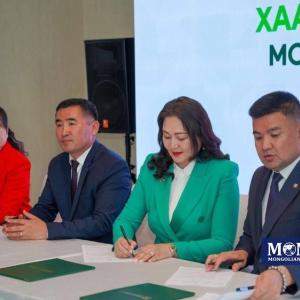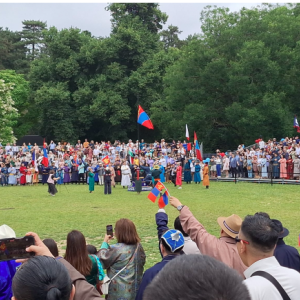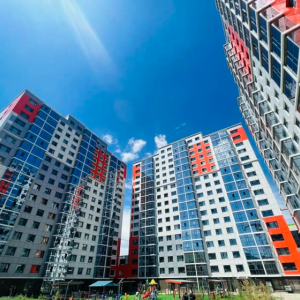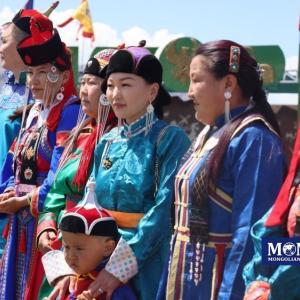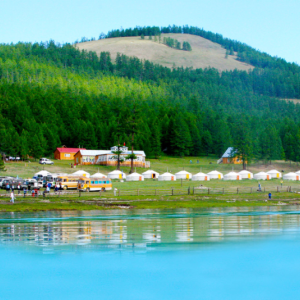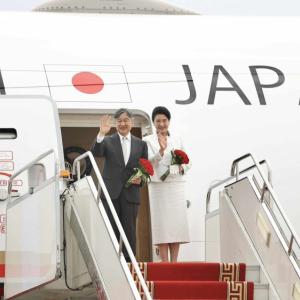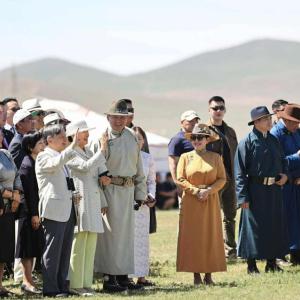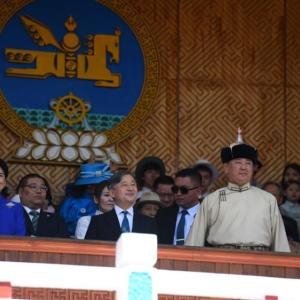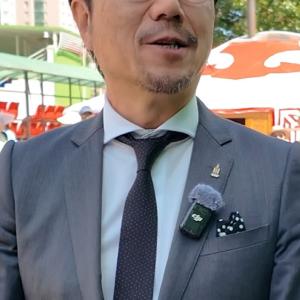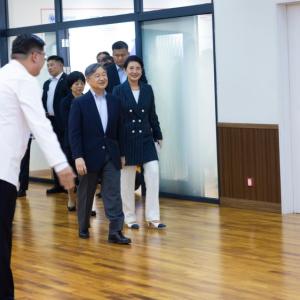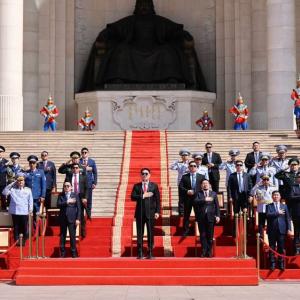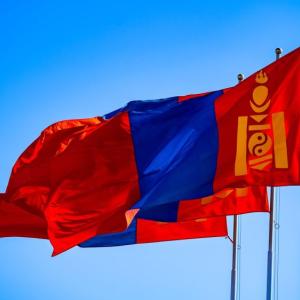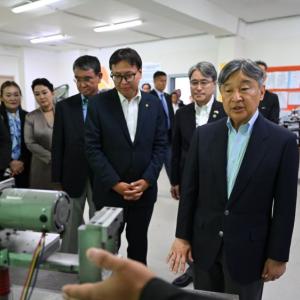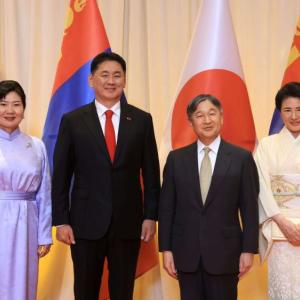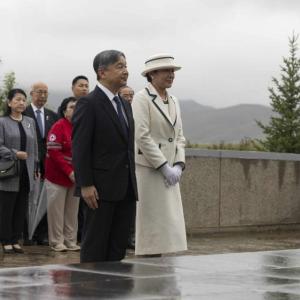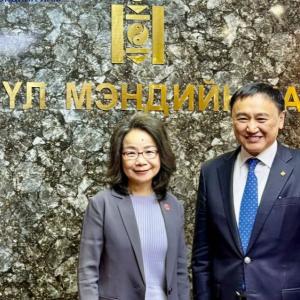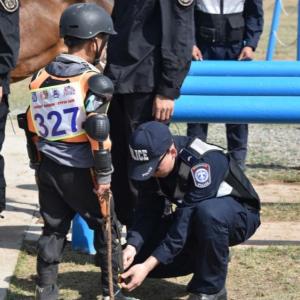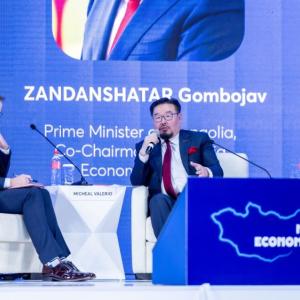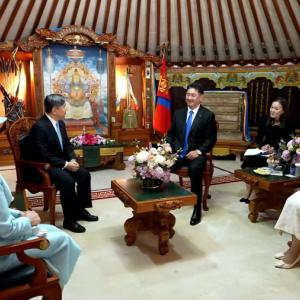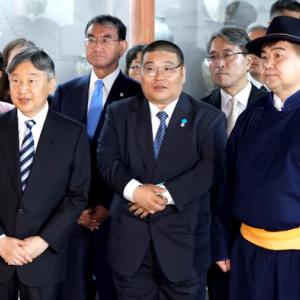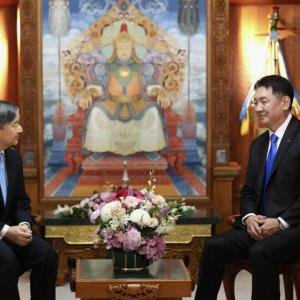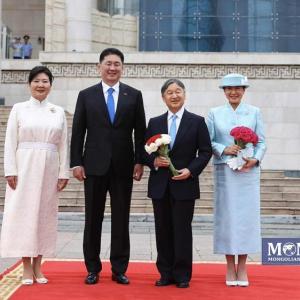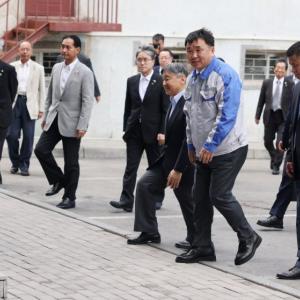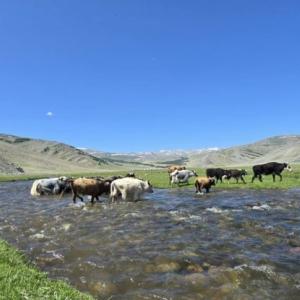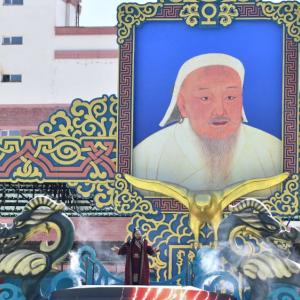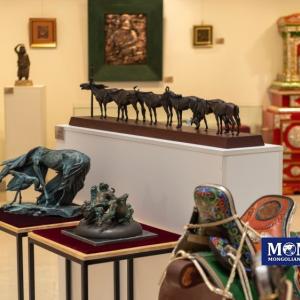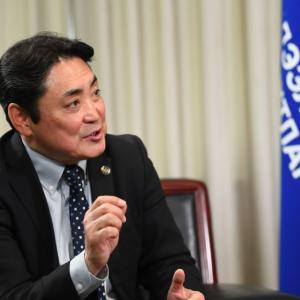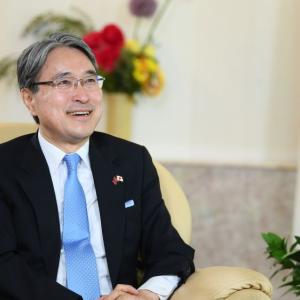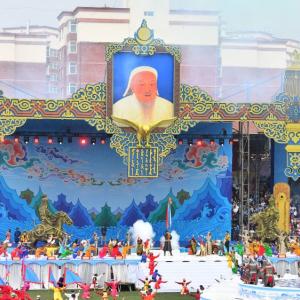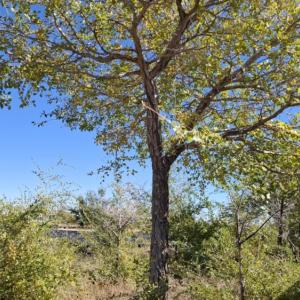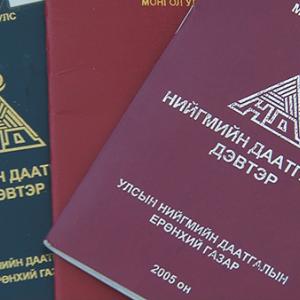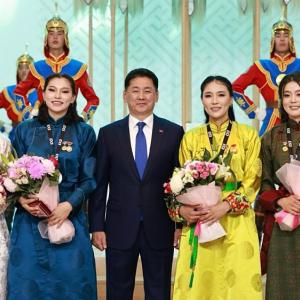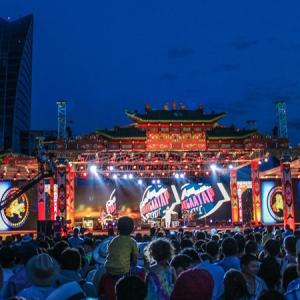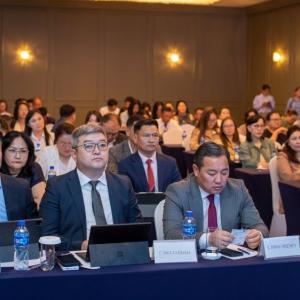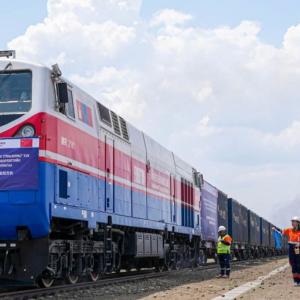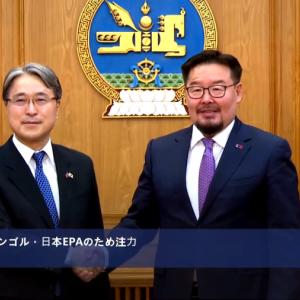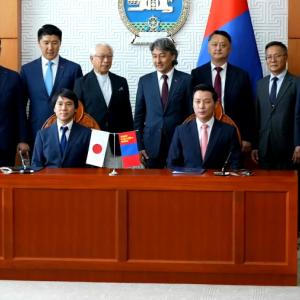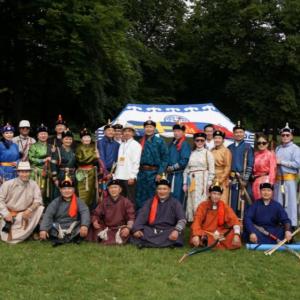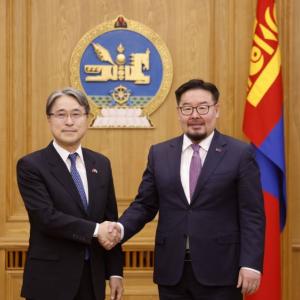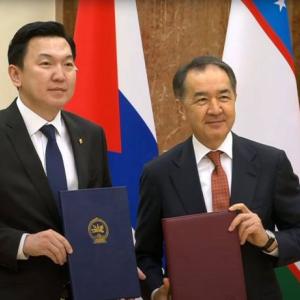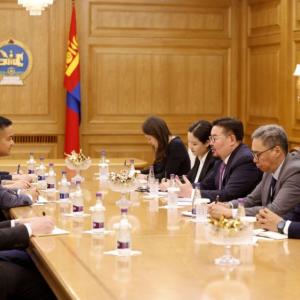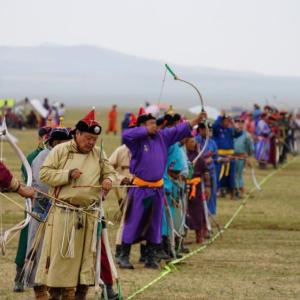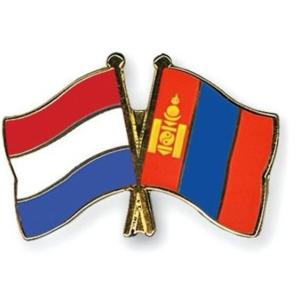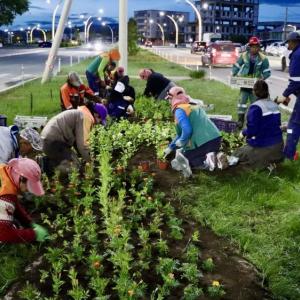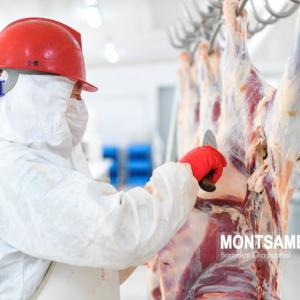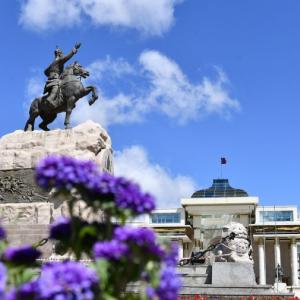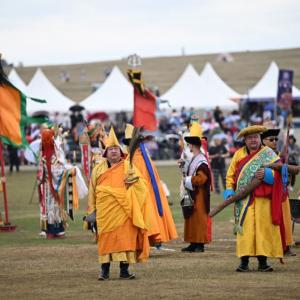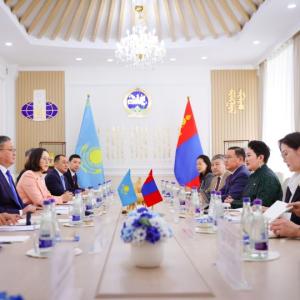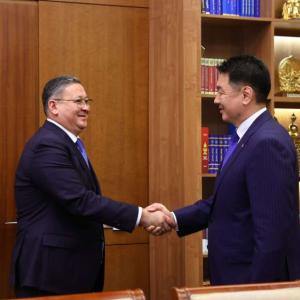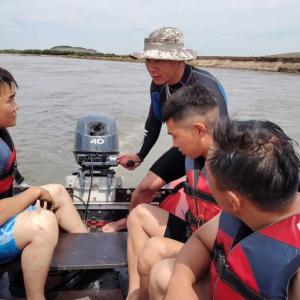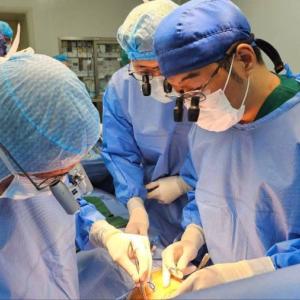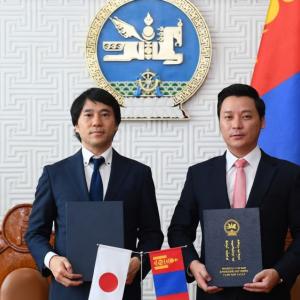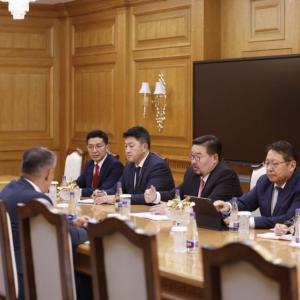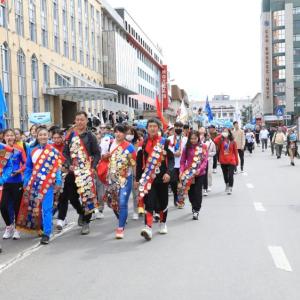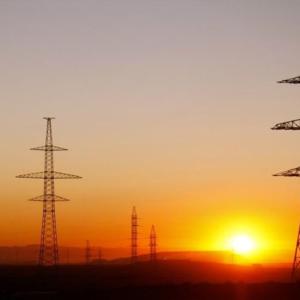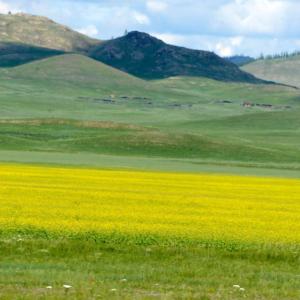Deputy Prime Minister of Mongolia Holds Meeting on Mongolia's Regional Development Policy
Politics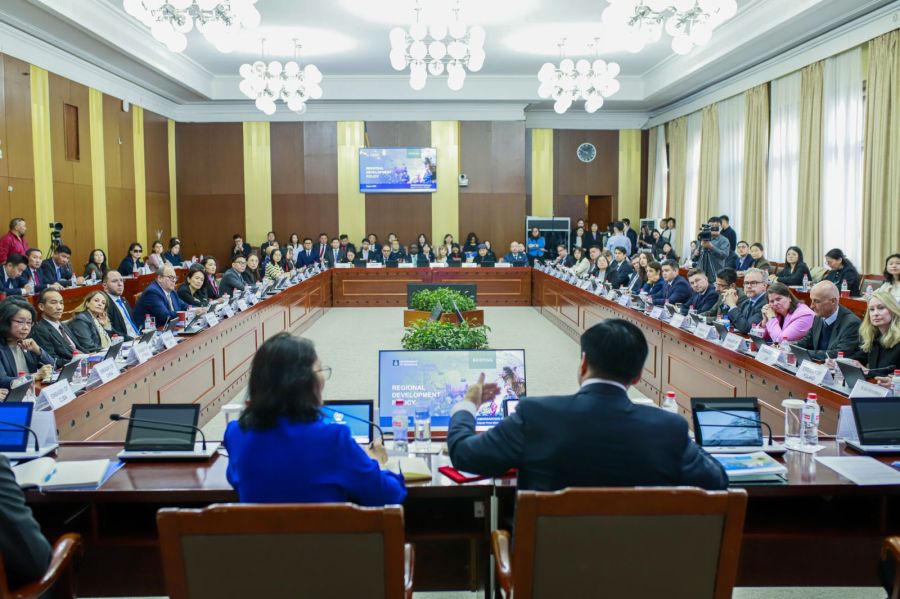
Ulaanbaatar, May 2, 2025 /MONTSAME/. On May 2, 2025, Deputy Prime Minister of Mongolia Amarsaikhan Sainbuyan held a meeting with Ambassadors to Mongolia and representatives of international organizations and non-governmental organizations, and presented Mongolia’s Regional Development Policy, Government Action Plan for 2024-2028, and Mongolia’s long, medium, and short-term development policies.
Under the Regional Development Policy, Mongolia aims at implementing development strategies suited to each region’s characteristics, closing the development gap between urban and local areas, maintaining economic, social, and environmental balance nationwide, and carrying out major projects and programs based on regional characteristics and resource potential. Many countries around the world have developed through regional development models. The experience and cooperation of countries are crucial to the successful implementation of Mongolia’s Regional Development Policy. Accordingly, Ambassadors and representatives of international organizations attending the meeting expressed their support for Mongolia’s policy.

Deputy Prime Minister of Mongolia Amarsaikhan Sainbuyan remarked, “Today’s meeting aims at providing a comprehensive understanding of Mongolia’s Regional Development Policy and to explore how we can collaborate more cohesively. Our intention is to align all current and future projects and programs with these development priorities, ensuring that together we make a lasting impact.
We believe it’s important that everyone is on the same page regarding Mongolia’s Regional Development Policy. Since embracing democracy in 1990, Mongolia has fostered strong international relationships built on shared values. You, our development partners, are among the most important contributors to our progress.
Over the decades, our cooperation has deepened across all sectors. We remain grateful for your continued engagement in Mongolia’s development journey. This new policy marks a major milestone. It lays the foundation for balanced territorial development across all regions and reaffirms our government’s commitment to close collaboration with development partners, international organizations, and diplomatic missions.
Mongolia is fully committed to achieving the Sustainable Development Goals (SDGs) and fulfilling its international obligations. While we’ve made significant progress in areas such as economic growth, healthcare, education, and social protection, we continue to face structural challenges. These challenges include ongoing reliance on the mining and extractive sectors, particularly coal and mineral exports. Addressing these issues requires smart, targeted efforts to diversify and rebalance development.”

United Nations Resident Coordinator in Mongolia Jaap van Hierden remarked, “On behalf of the United Nations in Mongolia, I would like to thank Mongolia for its leadership in shaping a forward-looking development agenda grounded in the country's needs, realities, and geopolitical context. We welcome the government's initiative to prioritize regional development and engage directly with communities for regional consultations.
Regional development is not just a matter of equity, it is also a driver of economic resilience and national cohesion. Agriculture, for example, remains a cornerstone of Mongolia's economy. It contributes around 30 percent of Mongolia’s GDP, and provides livelihoods for nearly 30 percent of the world's population.
The agricultural sector and rural communities more broadly face growing threats from climate change, pasture degradation, and extreme weather events such as dzud, drought, and others. These challenges demand continued policy innovation and investment. We commend the Government's efforts to promote intensive livestock farming, enhance food safety standards, and expand meat exports. At the same time, it is essential to ensure that rural development goes hand in hand with creating livable urban spaces. Strengthening rural economies can help reduce stress migration to cities, while well-planned urban development ensures that Mongolia's towns and cities remain inclusive and sustainable.
In this context, COP17, which Mongolia will proudly host in Ulaanbaatar next year, offers a timely and powerful opportunity. It will showcase how Mongolia is preserving its rich biodiversity through sustainable and eco-friendly rural activities, including in traditionally high-impact sectors such as mineral exploration. Equally important is the conservation of natural ecosystems and the long-term benefits of a well-managed and well-resourced national park system.
At the United Nations, we strongly encourage all development partners in Mongolia to support, collaborate, and coordinate closely with the government to fulfill the country's regional development vision. By aligning our efforts, we can achieve greater impact and ensure that no region and no community is left behind. We stand ready to continue our partnership with the government and with all of you through policy advice, capacity development, and targeted programs to help translate these priorities into transformative results for the people of Mongolia.”

ADB Country Operations Head for Mongolia Chandra Mohan Arora noted, “Regional development requires a multi-sectoral approach, neglecting even one sector can hinder progress. The Asian Development Bank (ADB) is currently preparing its Country Partnership Strategy (CPS) for the next four years, with regional development identified as a key priority. The upcoming CPS focuses on promoting diversified, inclusive growth while enhancing sustainability and resilience. It aligns well with Mongolia’s regional development goals. ADB has already contributed through projects like the early warning system for disaster management and regional road development, one completed, and another ongoing. Future initiatives under the Central Asia Regional Economic Corridor (CAREC) will further address transport connectivity and infrastructure gaps. We also support improvements at border crossing points, as highlighted by the Deputy Prime Minister, including the Regional Improvement of Border Services project. In the energy sector, renewable energy transmission projects aim to expand grid capacity. ADB remains committed to supporting sustainable agriculture, food security, and private sector engagement. Our growing investments, both public and private, will continue to contribute to Mongolia’s energy, transport, and urban development, aligned with the Government’s priorities.”

Ambassador Extraordinary and Plenipotentiary of the United Kingdom of Great Britain and Northern Ireland Fiona Blyth stated, “We had a very constructive discussion today. I appreciate that the Deputy Prime Minister shared the progress made toward Mongolia’s regional development strategy. Achieving the ambitious goals set out will require strong collaboration among many partners, but if successful, the impact could be transformative for the country. The presentation highlighted a major challenge. Much of Mongolia’s productivity and opportunity remains concentrated in Ulaanbaatar. From my travels across this beautiful country, it’s clear there is a need to expand development beyond the capital. Today’s discussions were an important step in that direction. My main advice for implementing large-scale projects is to involve the private sector. Governments can provide the vision and policy framework, but it is private investment and expertise that drive execution. Creating a stable, predictable, and business-friendly environment is essential to attract private sector participation.”
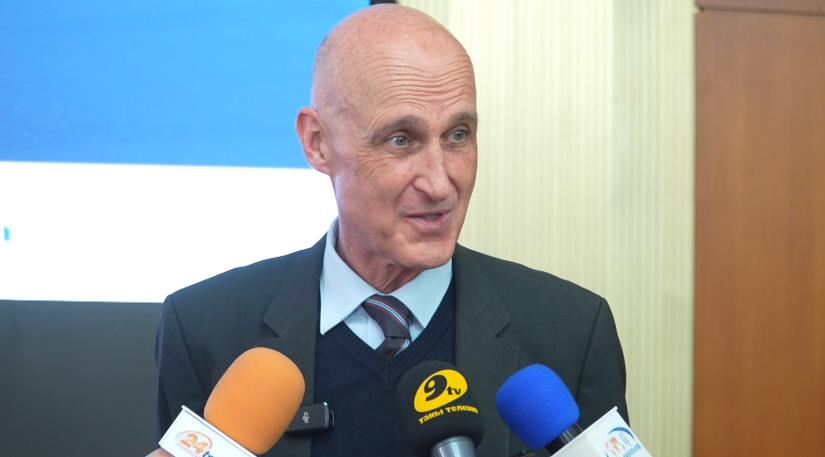
Ambassador Extraordinary and Plenipotentiary of the Federal Republic of Germany to Mongolia Helmut Kulitz remarked, “We had a very productive and informative meeting with Deputy Prime Minister Amarsaikhan focused on Mongolia’s regional development policy, an issue of critical importance. Given Mongolia’s vast territory and sparse population, with a heavy concentration in Ulaanbaatar, achieving a balanced development between urban and rural areas is vital. The goal is not only to prevent depopulation of the countryside but also to recognize and develop the value of rural regions. These areas offer economic opportunities, livelihoods, and space for sustainable living. Preserving and unlocking the full potential of these regions is a key national priority. We were pleased with the government's clear objectives and appreciated the opportunity to discuss future directions and possible collaboration. We fully support Mongolia’s efforts in this area.”
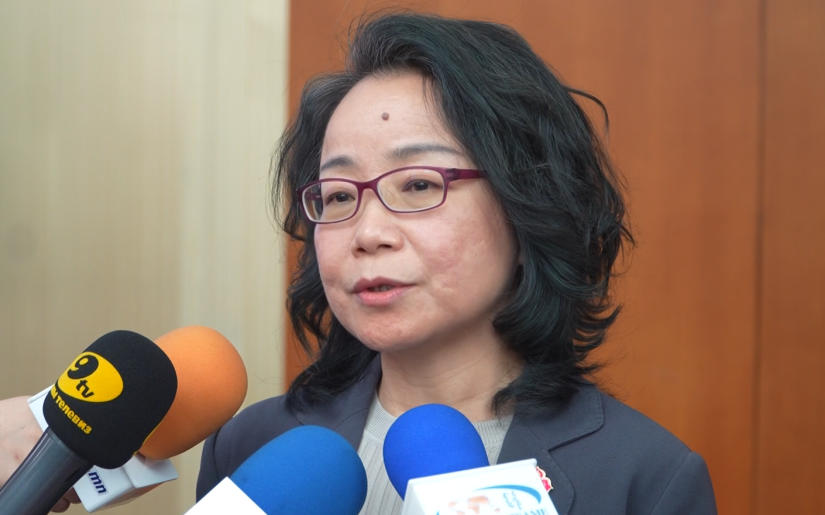
Ambassador Extraordinary and Plenipotentiary of the People’s Republic of China to Mongolia Shen Minjuan noted, “Regional development policy is vital for Mongolia. Given the country's vast territory, regional imbalances are natural, something we’ve also experienced in China. To address this, China divided its territory into four regions: the east coast, the northwest, the central, and the west. Development began with the eastern coastal areas, such as Shanghai, Zhejiang, and Jiangsu, now among the most advanced regions, before expanding to others. This phased approach allowed us to tailor policies and incentives to each region’s strengths and needs. It’s a model Mongolia can consider, and we are ready to share our experience. Regional development brings many benefits, including economic growth. By focusing on regional strengths and applying appropriate incentives, countries can reduce inequality, boost productivity, and support sustainable national development. With strong support from the central and local governments, Mongolia is on the right path.”

 Ulaanbaatar
Ulaanbaatar

